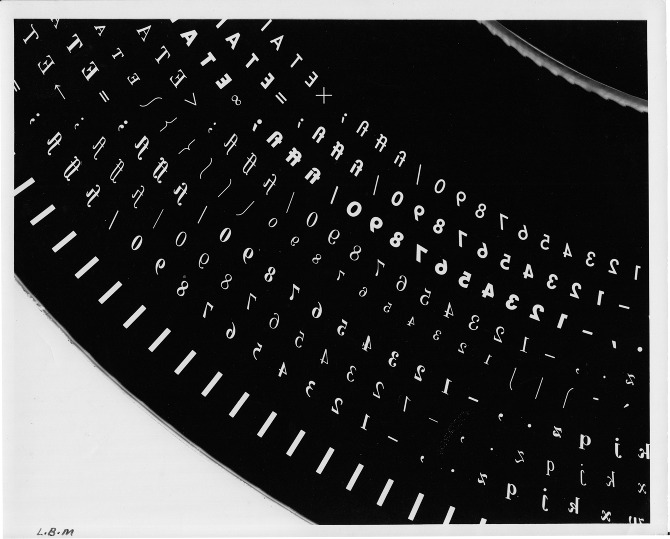As students were settling into their Halls for Welcome Week and the start of the new academic year, Sunday marked the return of several members of the Typography family from the annual ATypI conference, a highlight in the calendar of international type professionals. Held in Barcelona’s impressive new Museu del Diseny by MBM Arquitectes the conference was especially significant for Typography: to celebrate the award of the Sir Mischa Black Medal to Michael Twyman, the Association invited him to deliver the Keynote lecture on the topic of “Typography as a university study”. (The image above, of visuals marked up by Tschichold for a facsimile edition of Vespasiano’s 1572 writing manual, is from Michael’s collections – and seen by postgraduates who join his seminars.)
Forty years after the foundation of the Department of Typography & Graphic Communication (and a few more since the inception of the original course, in the late 1960s), Michael’s integration of history, theory and practice continues to define typographic education. These ideas have proven not only resilient, but prescient: graphic communication education worldwide is moving towards these ideas, holding Reading as a model for both new courses and institutions realigning their design studies.
(Above: Fiona Ross and Michael Twyman in Barcelona. Photos by Elena Veguillas)
Reading’s presence at the conference was notable. Eric Kindel and Gerard Unger delivered presentations, as did no less than ten MATD alumni, with two more taking part in panel sessions (Azza Alameddine, Nathalie Dumont, Paul Hunt, William Montrose, Toshi Omagari, Michele Patane, Dan Reynolds, Dan Rhatigan, Alice Savoie, Liron Lavi Turkenich; and Veronika Burian and Nadine Chahine respectively). Fiona Ross co-curated (with the regrettably absent Vaibhav Singh) the exhibition “Making news: type technologies in transition in newspapers across the world”. The selection of items from the Department’s Collections & Archives are a source of fascination and discussion by type designers, and reflect the growth of interest in global scripts.
ATypI president (and Reading alumnus) José Scaglione’s announcement that ATypI 2015 will take place in São Paulo, the first South American location for the Association, which will bring the conference closer to the substantial community of Brazilian alumni.









